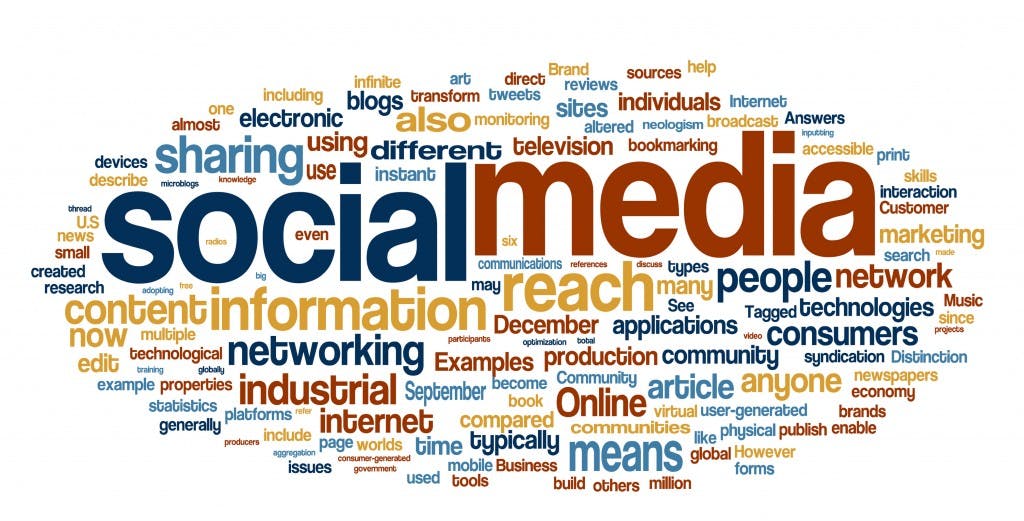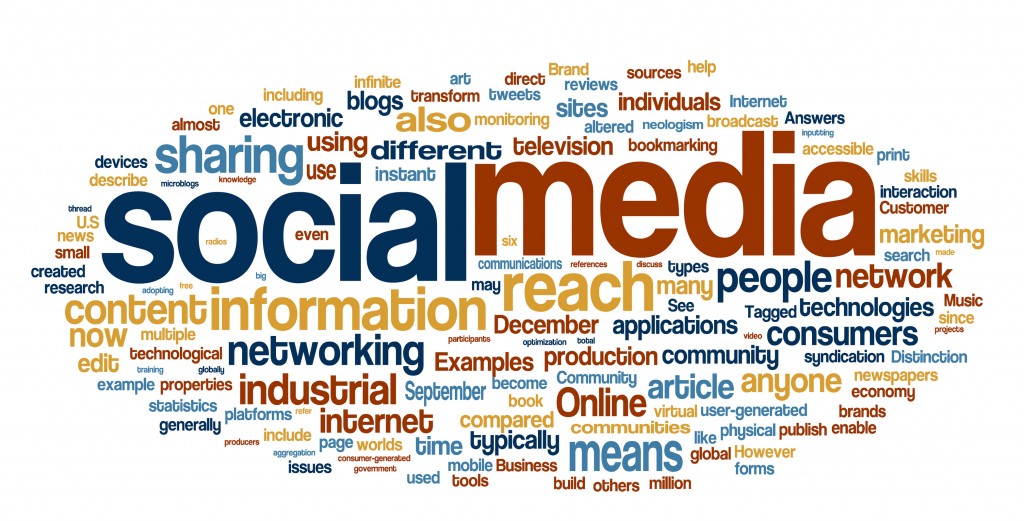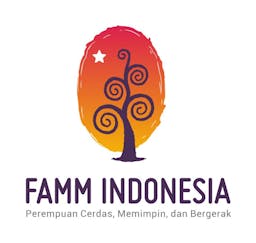Embracing online platforms in social movement
Jan 21, 2015
Story


Shonda Rhimes, an American TV producer and writer, voiced many people opinion when she said that “A hashtag is not helping or change anything... a hashtag is not a movement.” (http://www.buzzfeed.com/krystieyandoli/do-hashtags-count-as-activism). Let's not throw all bad critics at her because I think many people shared her opinion. By writing this, I also want to share mine.
Based on many people experience who use online platforms in the name of social justice, hashtags or any other forms of online engagement can be used to make a change. It can be good or bad change as there are many interest within the online communities. I think activists then learn to utilize online platform as a tool and begin to incorporate it in their strategy.
As my friend, who is an avid online activists, once said that the use of online platform such as hashtags, petition, SMS blast/bulk SMS, fan page, etc, will only be successful if you have a strategy. What are we going to do with online petition once it reach 100,000? How are we going to keep engaging those 100,000 users? How do we translate the online support to the congress members as “real voices”?
Based on this understanding, we can manage our goals and expectations. I agree that online platforms can help social movement to gain awareness and readership. Due to its nature, it's easier than the offline organizing to get some people to share one article or one cause to hundreds and thousands of their friends or followers or fans. Social media are very good for campaign and public relation. So yes, online platforms can change something. At the very least, it change the way we mobilize people and share information.
There is some truth from other side of opinion that changing an avatar or wearing a pink ribbon or using the same hashtag is a movement in itself. I would like to quote the second edition of JASS Feminist Movement Builder's Dictionary that explain about the characteristic of a movement.
- An organized set of constituents pursuing a common political agenda of change through collective action,
- a membership or constituency base – the individuals or communities most vested in the change,
- some degree of formal or informal organization – networks, member collectives, etc. - are part of the organized core of a movement,
- a clear political agenda – common analysis, goals, targets for change,
- leadership from the constituency at multiple levels – i.e. not entirely dependent on external leadership,
- collective or joint actions in pursuit of common goals – movements are not based on providing services alone (though they may do so, for their members) but on acting for change,
- some continuity over time (movements are not a “campaign,” though they may use campaigns as a strategy, nor are they a one-time struggle over a specific issue),
- strategies that combine contestation (e.g. marches, protest) and critical cooperation (advocacy and lobbying) forms – i.e. the strategies manifest visible political struggle.
So let's reflect to our activism. Some organizations where FAMM Indonesia members' are working have been organizing their communities for 28 years, 20 years, 15 years or 12 years. The organizers usually live within the community and organized people for certain political agenda. We all know too well the challenge of changing people's mindset and that the change should be from within. Many of these communities lived in rural areas with precarious or unreliable telecommunication and formal education infrastructures. So in this context, we need to adjust our forms and expectation on using online platform.
I feel that online platforms and activists who are using them are part of the movement. They are part of movement-building because they are organizing and mobilizing communities and/or constituencies to respond to common problems and concerns. In FAMM Indonesia, we don't see it in duality; right or wrong, good or bad, talk or action. We embrace and celebrate any means available to develop shared analysis about a problem and to build a common vision. Most of our members are young women activists who use online platforms on daily life so it's natural to use them. We are adopting, adapting, and combining many media in our strategy because there is no one or single media that can solve all of our problems.
Let's go forward!




